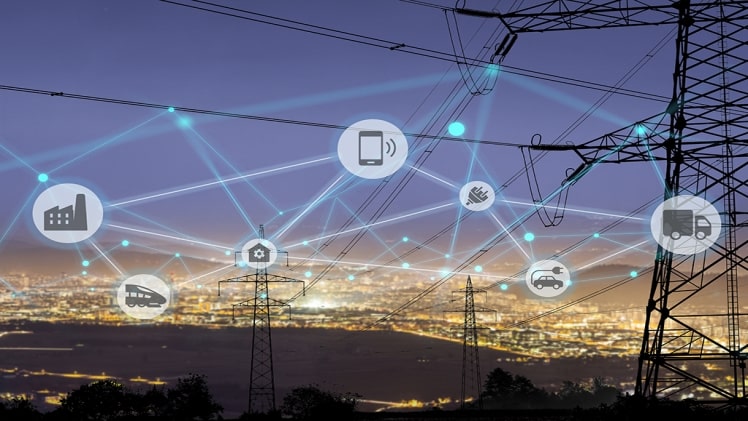Resources are invaluable, and tapping into every available renewable has become important given the current crisis. Global temperature is rising, and so is the global electricity demand.
Despite increasing solar and wind power by 75% in the past decade, they only account for 10% of global energy production.
As a result, the world’s nations are continuously searching for new carbon-neutral methods like distributed energy solutions to meet the growing demands.
Keep reading this article to know more about distributed energy.
What is distributed energy?
Distributed energy is a decentralized system of energy sources. In this method, you don’t depend on the power grid for your primary energy needs. Instead, this system collects energy from various sources to source your electricity.
The term ‘distributed’ denoted the wide array of sources from which the system pulls or collects energy. These include solar power, wind, natural gas, diesel, etc.
Distributed energy can be installed off-grid and on-site as per your convenience. Using a distributed energy management system helps you lower your carbon emission and do your bit for energy conservation.
Distributed energy solutions are a popular choice among small-scale businesses to meet their regular energy requirements. They help to cut overhead costs, boost productivity and reduce the uncertainty of grid energy supply.
Furthermore, if paired with a demand response program, they even generate revenue which you can utilise in critical business aspects.
However, how to know whether distributed energy is suitable to meet your venture’s needs or not.
Efficiency
Distributed energy system draws energy primarily from clean sources like sun and wind power, reducing your dependency on the grid. So, even if you live in a remote region where power outages are very common, your productivity doesn’t suffer.
Additionally, these energy sources are modular and small in size. Hence, you can install them whenever and wherever.
Reliability
The distributed system provides you with a round-the-clock energy supply. So you can rest assured about your energy supply even during extreme weather conditions like hail, storms and heavy rainfall.
Moreover, if you have subscribed to a demand response program, you can earn a bit of cash. You just need to ensure that your system is switched ON during peak demand hours and off when not in use.
Installation costs
Someone has rightly said that with ‘great technologies come great installation costs.’ The installation costs are probably the only drawback of a low-carbon energy solution.
The cost of installing a distributed energy system varies depending on the version of technology and model you choose.
Apart from the cost, you’ll also need to maintain the system regularly to maintain its efficiency and lifespan.
Verdict
Are distributed systems good for your business? Yes, they are. And should you invest in them? Absolutely.
These systems are very beneficial for businesses that offer healthcare facilities or are engaged in the production domain.
Even if the upfront costs seem high, the fact that they’re invested cannot be neglected, given the ongoing energy crisis. Besides, diversifying your energy portfolio will only strengthen your business resilience against potential energy scarcity. Further extending its lifespan.
Summing up
The distributed system increases your business innovation and sustainable credibility, which are some of the prized features consumers seek nowadays.
Besides, some energy consulting firms offer counsel and customized solutions for your energy needs. After all, what’s the harm in understanding your available options? If anything, consulting an expert about your energy needs will help you leverage your resources better and make an informed decision.

